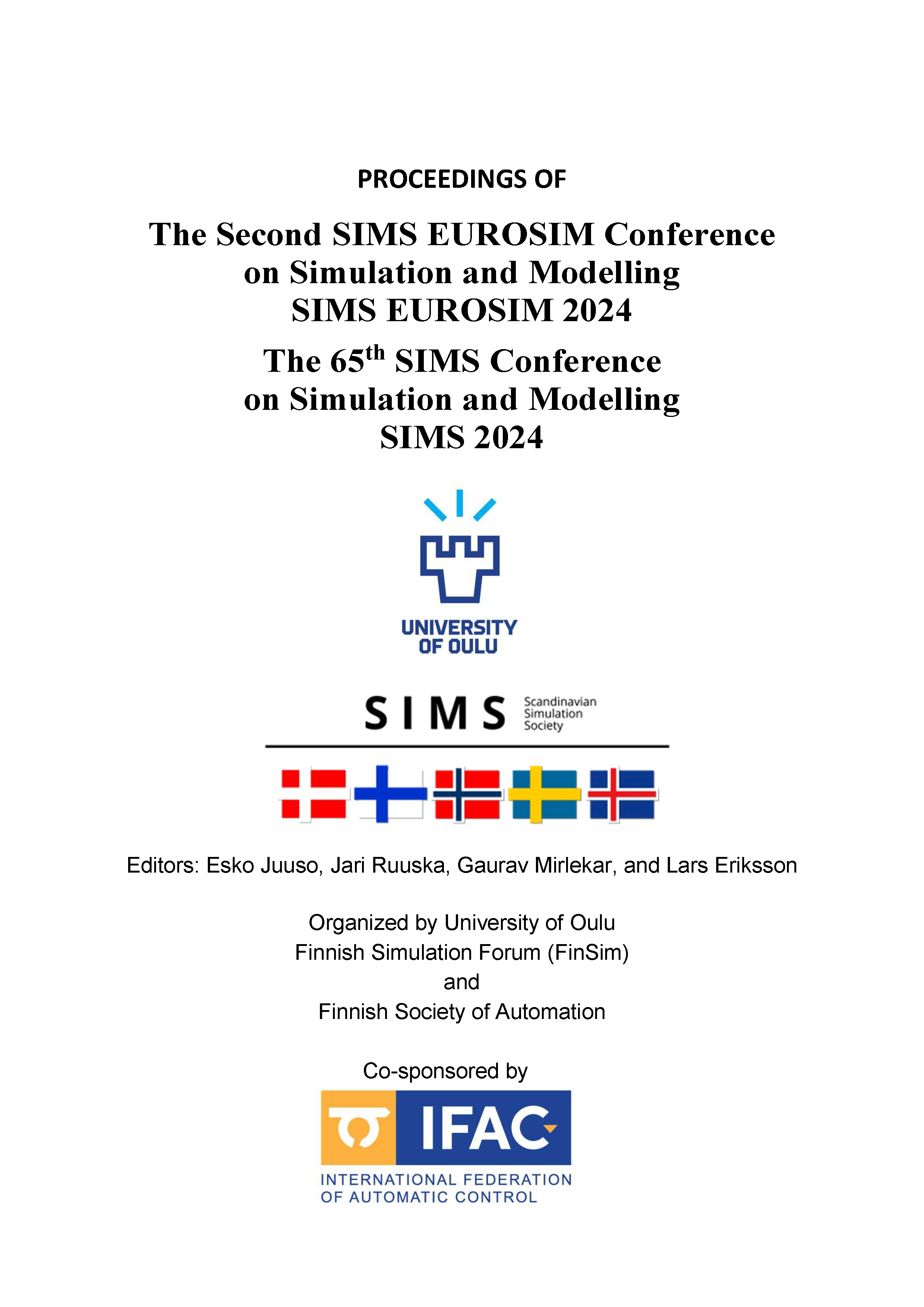Physical simulation of heat-affected zones in a weld metal used with 500 MPa offshore steel
DOI:
https://doi.org/10.3384/ecp212.033Keywords:
simulation, steel, weld, microstructure, Gleeble, JMatPro, heat-affected zoneAbstract
Offshore steels are designed for high strength and toughness to endure extreme offshore and marine conditions. Welding thick steel sections often requires multiple passes, affecting the microstructures of previous passes due to thermal cycles. These heat-affected zones (HAZ) in the weld metal are less studied than those in the base metal. Real welding HAZs are narrow and challenging to study. Physical simulation can create various HAZs on a larger scale for microstructural and mechanical characterization, allowing easy study of different welding methods and parameters.This study aimed to produce coarse-grained (CGHAZ-W), intercritical (ICHAZ-W), and intercritically reheated HAZs (ICCGHAZ-W) in weld metal using physical simulation. The submerged arc welding (SAW) method was used to create the original weld. HAZs with two cooling times (t8/5 = 5 and 30 s) were simulated using the Gleeble 3500 thermomechanical simulator. Microstructures were analyzed with a Zeiss Sigma field emission scanning electron microscope. Results showed the original weld metal had acicular ferrite nucleated on oxide inclusions, and thermal cycles caused distinct microstructural changes in each simulation variant. Physical simulation microstructures were supported by numerical simulation results from JMatPro software.Downloads
Published
2025-01-13
Issue
Section
Papers
License
Copyright (c) 2025 Henri Tervo, Marcell Gáspár, Judit Kovács, Antti Kaijalainen, Vahid Javaheri, Johannes Sainio, Jukka Kömi

This work is licensed under a Creative Commons Attribution 4.0 International License.

